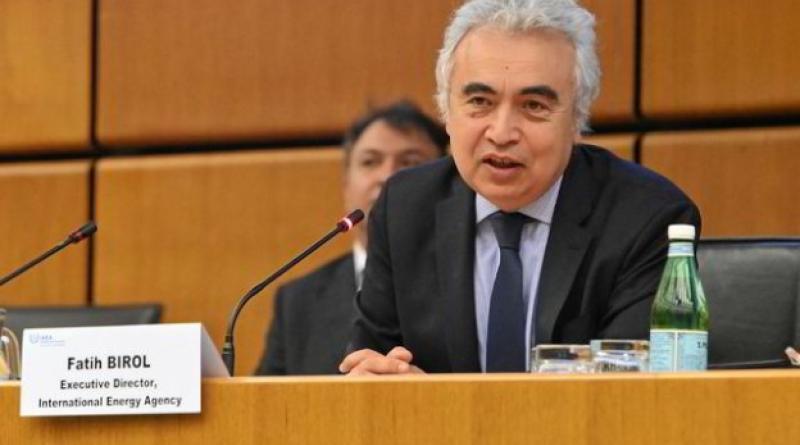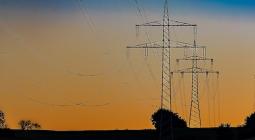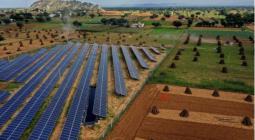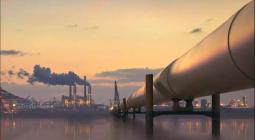IEA downgrades amount of clean hydrogen needed by 2030 for net zero scenario

The International Energy Agency (IEA) has reduced its estimate of how much clean hydrogen the world will need in the short term in a scenario consistent with reaching net zero — and keeping global warming below 1.5°C — in its latest World Energy Outlook.
While the projection for low-carbon hydrogen demand by 2050 in its net-zero scenario has stayed at 450 million tonnes, the IEA has downgraded the amount forecast in this pathway by 2030 from 90 million tonnes in its previous 2022 World Energy Outlook to 69 million tonnes.
One reason for this re-evaluation is that technologies for direct electrification are starting to mature — reducing the need for hydrogen to decarbonise certain sectors.
For example, the IEA’s latest net zero scenario has road transport relying “around ten percentage points less on technologies under development [now] in 2050” in part due to “a reduction in the share of hydrogen fuel cell electric heavy-duty vehicles”, given advances in battery-electric trucks.
Additionally, the agency includes in its list of policies to help decarbonise heating “building energy codes, heating intensity standards, carbon pricing, incentives to adopt heat pumps and clean technologies and bans on the sale of new fossil fuel equipment”, without specific mention of hydrogen.
The IEA does however project that power will account for a significant portion of hydrogen demand for the net zero scenario by 2030, mainly to provide additional flexibility for an increasingly renewables-dominated grid — with other technologies, such as nuclear, hydropower and batteries, and demand-side response strategies also in play.
The agency expects the largest proportion of the clean H2 used by 2030 in its net zero scenario — 22 million tonnes — will go towards demand from the power sector, while only 20 million tonnes will be used by industry.
However, by 2050, while the share of hydrogen for power generation will increase to nearly 75 million tonnes, most H2 will be used either as transport fuel directly or as a feedstock for e-fuels, the IEA models.
Project pipeline
While the re-estimation of hydrogen volumes needed in the net zero scenario by 2030 slightly lowers the stakes for the sheer scale of clean hydrogen supply to come on line by the start of decade, the current pipeline of projects may not be enough to meet the short term targets in the IEA’s net zero scenario — even if every facility is built.
The agency counts 400GW of electrolytic hydrogen projects, as well as 400 million tonnes of CO2 capture capacity, in the pipeline to start operations by 2030, which “could potentially meet the milestones” of the Announced Pledges Scenario (APS), which models the energy system necessary for governments to meet their targets, including national and regional net-zero pledges, on time.
However, the APS only projects around 25 million tonnes of clean H2 by 2030, or around a third of what the IEA projects is needed to stay on a net zero pathway by 2050.
Of this, around 6.8 million tonnes of hydrogen is modelled to be used as feedstock for transport fuels and 3.4 million tonnes to power transport directly, with 6 million tonnes of H2 projected to be used by industry and 4.5 million tonnes for power generation.
Meanwhile, the agency’s scenario based on the actual direction of government’s energy policy only anticipates seven million tonnes of low-carbon hydrogen production by the start of next decade, primarily to displace fossil gas-based grey H2 in refining and ammonia production.
And the IEA highlights that there is major uncertainty around the prospects for green hydrogen project development in the short term, particularly due to supply chain constraints.
For example, while the agency points out that available electrolyser manufacturing capacity is around 14GW — half of which is in China, mainly serving the domestic market — actual output has only been 1GW in 2022 as project developers have been “reluctant to commit to electrolyser purchase contracts at current prices, which have risen due to inflation”.
And as natural gas costs have fallen, the premium of green hydrogen over traditional fuels has increased, which the IEA says has “spurred competition to maintain profit margins among players along the value chain”.
“Without the opportunity to get large-scale systems installed quickly and used commercially, manufacturers cannot accumulate sufficient operating hours to provide industry standard performance guarantees, exacerbating risks and inflating costs for the most efficient designs,” the IEA warns.
The volumes of H2 predicted across all scenarios “is predicated on a break in this cycle and better co-ordination of manufacturing investments, low-emissions hydrogen production projects and demand creation”, it added.
The IEA has also continued to revise its estimations of how much fossil gas will be used by 2050 in a net zero world based on feedstock for clean hydrogen production.
While only two years ago, its 2021 World Energy Outlook expected gas consumption to fall to 1,750 billion cubic metres by 2050 in its net zero scenario, the latest report forecasts only 920 billion cubic metres, mainly due to “lower projected hydrogen production from natural gas with CCUS, with a larger role now projected instead for hydrogen production via electrolysis”.
The IEA continues to see a globally traded hydrogen market emerging by 2050, with its APS foreseeing EU, Japan and South Korea as net importers, while Middle East, Latin America, Australia, North Africa, US and Canada are expected to be net exporters. China is expected to be self-sufficient, producing as much hydrogen as it consumes domestically.
However, governments will need to set up “clear policy frameworks that are compatible across borders” in order to facilitate coordinated and timely investments, the agency warns.(Copyright)





